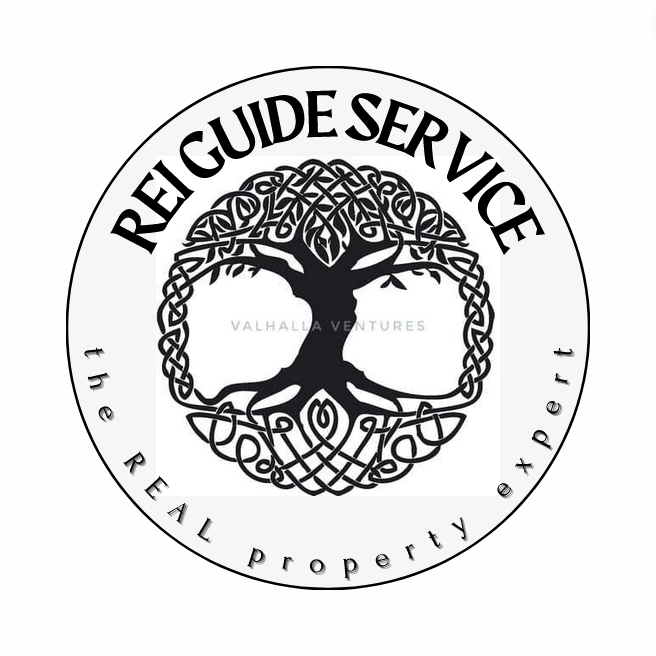Self-Insuring Real Estate: How to Take Control of Your Investment Risks
Self-insuring real estate means setting aside your own funds to cover potential losses instead of purchasing traditional insurance policies. This approach is typically used by investors with substantial assets who want to avoid paying premiums to an insurance company and instead manage risk independently. Here’s how you can do it:
1. Establish a Dedicated Reserve Fund
Set aside a significant amount of liquid cash in a separate account to cover potential risks like property damage, liability claims, or loss of rental income.
The amount should be based on historical repair costs, potential legal claims, and worst-case scenario events (e.g., fire, flood, or tenant lawsuits).
2. Diversify Your Portfolio to Spread Risk
Owning multiple properties across different locations reduces the risk of a total loss.
If one property suffers damage or loss, income from others can help cover expenses.
3. Use an LLC or Trust for Asset Protection
Holding properties in separate LLCs or trusts helps shield personal assets from liability.
This ensures that any claims or lawsuits are limited to the specific entity that owns the property.
4. Focus on High-Quality Construction and Maintenance
Investing in durable materials, regular inspections, and preventative maintenance reduces the likelihood of costly repairs.
Upgrading roofs, plumbing, and electrical systems can prevent catastrophic failures.
5. Manage Tenant Risk Through Strong Leases and Screening
Properly vet tenants to minimize eviction risks, unpaid rents, or property damage.
Ensure leases include clauses that limit liability and require tenant renters' insurance.
6. Use Self-Insurance Only for Certain Risks
Some risks (e.g., flood, fire, or lawsuits) may be too costly to self-insure fully.
Consider carrying minimal coverage for high-severity, low-frequency risks.
7. Consider a Captive Insurance Company
If you own a large portfolio, setting up a captive insurance company allows you to pool premiums from your own properties and gain tax advantages.
This is a more formalized self-insurance approach often used by institutional investors.
Pros of Self-Insurance:
Saves money on premiums if claims are rare
Provides full control over claims and payouts
Avoids dealing with insurance companies’ claim denials and rate increases
Cons of Self-Insurance:
High upfront cash reserve requirement
A major loss could wipe out reserves
No regulatory protections like traditional insurance
want to discuss how these savings could look in your portfolio? Lets talk.


